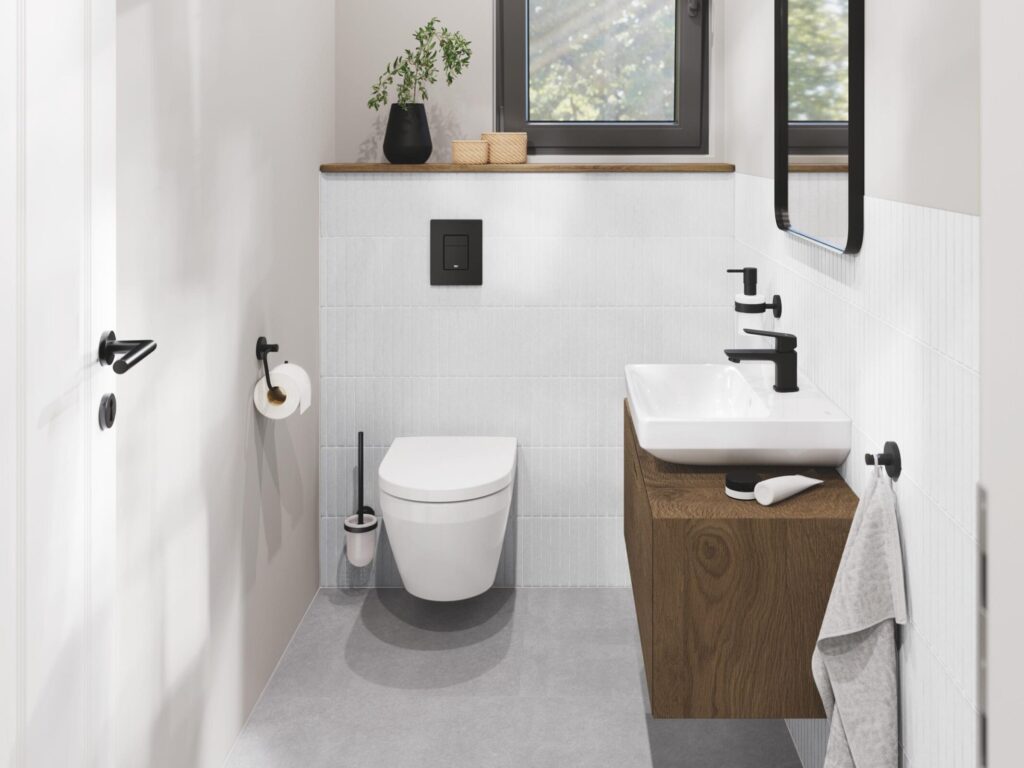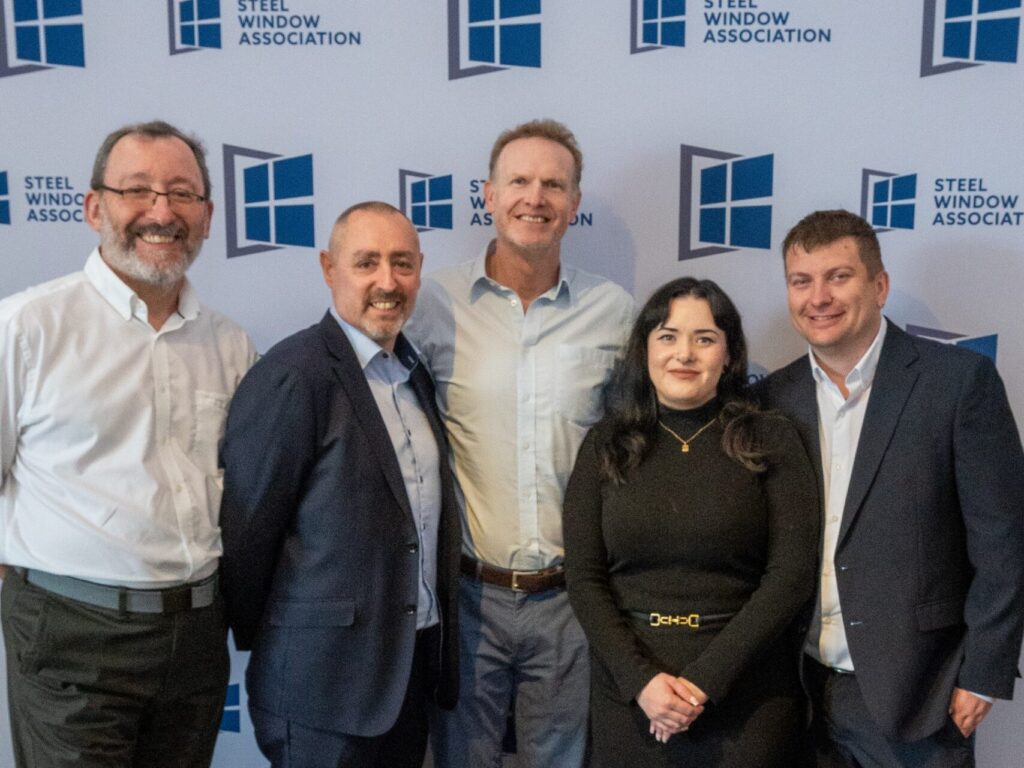Wayne Douglas, Managing Director at City & Country, discusses finding the right balance between the preservation of historical features and contemporary housing standards and demands
Could you tell us a bit about your professional journey to date?
My background is in accountancy and I qualified with ACCA in 2007. Prior to joining City & Country, I worked for Convergys EMEA, a USA multinational company in the finance department. When I first joined City & Country, I came in as a Management Accountant to provide financial support and planning. Over the last 10 years, I have worked my way up to Financial Director and now Managing Director and am very proud to be part of a great team.
Why did you want to work with City & Country?
I came across City & Country who were looking to fill a new role, and I was very fortunate that they gave me a shot at proving myself. Choosing City & Country was one of the best decisions I’ve ever made. The best thing about working at City & Country is definitely our product whether that be in conversion or our quality new builds. We have had the privilege of rescuing some of the country’s most iconic heritage buildings and converting them into beautiful residences that people are extremely proud to call home.
However, the thing I am most proud of is our people. Our staff and development opportunities are some of our biggest assets, whether it is the development teams on the ground or the specialist contractors we bring in, they all work together to create beautiful spaces. What we do with heritage restoration is often a complex process which involves multiple stakeholders, and without our ethos and community, we wouldn’t have the end results we do.
How does City & Country balance the creation of new homes within heritage buildings?
It can sometimes be a tricky balance; however, I think we at City & Country know how to manage complex developments. The preservation of historic assets has a huge role to play in the UK’s housing stock. Restoring, reviving, and conserving our heritage assets across the UK is crucial if we are to protect them for generations to come and remain a core part of our business as well as creating high-quality new build homes. Where new homes are created within historic buildings, we need to ensure these are carefully designed so they are fit for purpose but also remain sensitive to what is special or significant about the building.
With all our developments, we try and be aspirational in the way we approach the restoration of historic buildings; we want beautiful buildings that are a true testament to England’s rich architectural history and culture. We work closely with conservation architects and building historians to learn what is important to a building and its setting, and what has been lost that could be brought back and given a new lease of life. Not only does this help to create new homes, but also communities and places that people want to live and work in and be proud of.
How challenging is it to find the right balance between the preservation of historical features with the need to meet contemporary housing standards and demands?
It is a challenge and involves a careful balance between the two, but it is helped by legislation which allows some flexibility when working on historic properties, especially Listed ones. It’s about understanding what makes an historic building important and ensuring the most important aspects are preserved and enhanced. Although it is a challenge, it is a great challenge to have, as you will end up with dwellings that have strong cultural connections.
What challenges arise when working on projects involving historical properties, and how are these challenges addressed?
The planning system is a major challenge for us – which must change soon. Leaving aside the fact that planning has become a party-political issue, council planning departments have suffered from an exodus of experienced planners in recent years and are severely understaffed. As a result, the process takes so long it is harming the industry. Even excellent quality schemes like ours get tied up because planning and regulatory requirements take too long. This takes up time and resources, which reduces the number of schemes and therefore homes that companies can deliver.
In what ways does City & Country engage with the local community and heritage organisations during the planning and execution of projects?
Establishing an early dialogue to understand the communities and stakeholders’ views and aspirations can help steer a project to a successful conclusion. It also helps those groups to understand what we are trying to do and how we want to achieve it. We won’t always be able to deliver everything that has been asked for, but it ensures clear lines of communication to ensure everyone understands the wider context.
Can you discuss the role of sustainability in City & Country’s approach to development, particularly concerning historical properties?
As many property sector is responsible for around 40% of global carbon emissions, therefore, as an industry, we have a huge role to play in decarbonising our environment. The UK has some of the oldest housing stock in Europe, containing a huge amount of embodied carbon. Repurposing and restoring our existing heritage assets have to be prioritised. Restoring and converting period properties for residential use gives them a new lease of life. It is also a highly sustainable way to provide much-needed housing, as conversion uses less energy and releases less carbon than demolition and building new homes.
Making buildings more efficient, reducing carbon emissions and cutting building owners’ bills in the long run has got to be the right thing to do.
Although the complexity and energy required to heat historic buildings is greater than for newbuild homes, they can be sensitively refitted to have their energy performance enhanced. Resources should be focused on supporting the existing building stock, especially the rich culture of heritage building in the UK.
How does City & Country ensure that the stories and cultural significance of historical sites are respected and communicated in their developments?
Our historical sites have cultural significance and because of this, it very much guides our response to site and the way we build. We work very hard looking at the history of a development in detail and this is incorporated into our approach when it comes to our customers. They are always interested to know who lived and worked in these homes, or what they were used for and if they are important in some way to our country. Take for example, The King Edward VII Estate in Midhurst, West Sussex is a former sanitorium. Dating from 1906, this beautiful Arts and Crafts building sadly needed a complete revival to restore it and to do this we employed specialist masons who restored the external façades by refurbishing the stone parapets, windows and copings. By removing unsightly modern additions to the building’s façade, we restored its natural balance and symmetry whilst ensuring its heritage significance and design remained.
Finally, could you share some insights into City & Country’s vision for the future of new build development?
Our mission is to be the UK’s leading high quality new build developer to add to our existing established reputation as being the leading heritage conversion specialist. To do this, we need to acquire more strategic land to support our growth plans. We have ambitious business plans and are well positioned to invest in prime land in key locations. We are also looking to recruit the very best new talent to help us achieve our growth targets. Just this week, we announced our recent Bath Press Site acquisition, which is a step in our journey to deliver much high-quality housing for the UK.
Read more news and exclusive features in our latest issue here.
Never miss a story… Follow us on:
Showhome
@Your_Show_Home
@Showhomemag
Media Contact
Joseph Clarke
Editor, Showhome
Tel: +44 (0) 1622 823 920
Email: [email protected]











